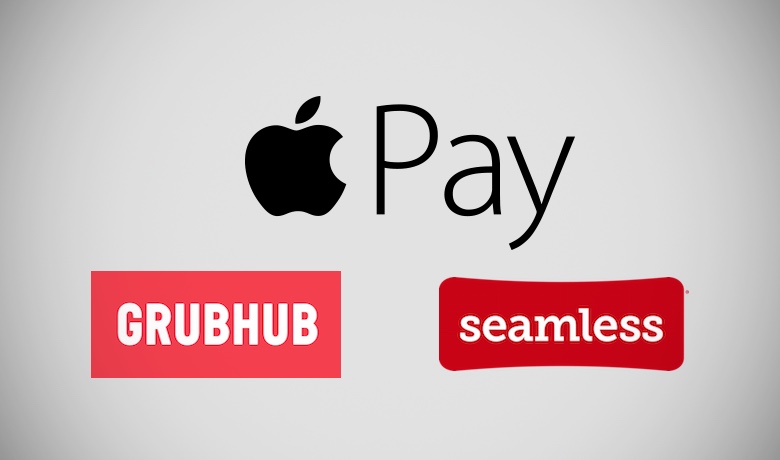

"Perplexed, I told him we didn’t do delivery, not even take-out," she explains on Twitter. Techamuanvivit says she was confused Saturday night when she received a phone call at the restaurant from a man who wanted to inquire about a delivery order he had placed about 45 minutes earlier. Online deals site LivingSocial also launched a similar service late last year.A Thai kitchen in an unknown location in San Francisco has been masquerading as Michelin-starred Kin Khao and offering delivery meals on Seamless and Grubhub unbeknownst to Kin Khao and its owner Pim Techamuanvivit. , founded in 2004, lets users order from nearly 10,000 restaurants in 50 cities, while California-based, founded in 2008, covers 20,000 restaurants in 1,000 cities across the country. In addition to Seamless and GrubHub, other similar services have popped up in recent years. Since its inception, the company, which also owns, has received about $84 million in funding. GrubHub's ordering services cover 20,000 restaurants in about 500 cities. Seamless covers about 12,000 restaurants in 40 cities, mostly on the East and West Coasts, along with Houston and Austin, Texas, and overseas in London. Before that, Spectrum Equity Investors bought a minority stake in the company for $50 million. Seamless North America LLC was spun off from Aramark Corp. The combination of the two should simplify online ordering for both consumers and restaurants, many of whom currently split their online business between not just Seamless and GrubHub, but other similar services as well. They also aggressively vied with each other for market share, boosting their ranks of sales representatives and heavily promoting themselves through social media and email offers and discounts. Last year, orders through the two privately held companies totaled about $875 million in gross food sales, resulting in combined revenue of more than $100 million. Meanwhile, restaurants can benefit from new business and don't have to deal with as many phone orders, which can be labor intensive and prone to error. The services appeal to diners by eliminating the need for a kitchen drawer of takeout menus, while also helping them discover new pickup and delivery options in their neighborhoods. in 2004, said that by combining their complementary restaurant and diner networks the new company will be well positioned for continued growth in what's become a huge market. "We believe the merger will enhance the products we are able to offer both our diners and restaurants."

"We are excited to combine the strengths of these two dynamic organizations in an industry that is rapidly gaining traction," Maloney said in a statement.


 0 kommentar(er)
0 kommentar(er)
